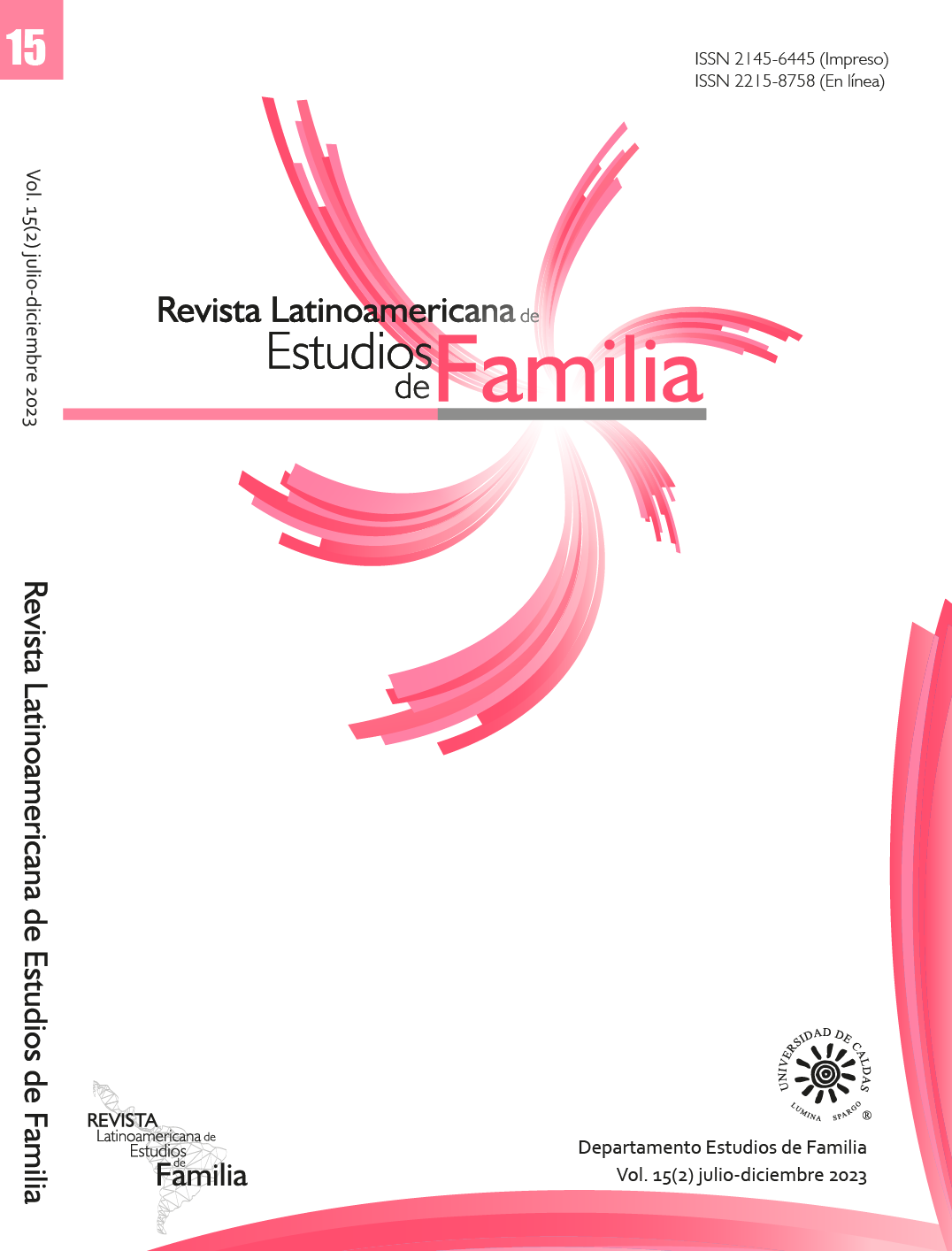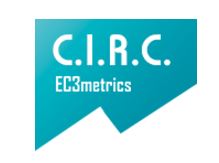Autores
Resumo
Objective. This article aims to offer a thoughtful examination of the relationship of couples as a platform that fosters the potential for personal agency and transformation. It acknowledges the individuals within these relationships as autonomous entities capable of managing strategies to reshape their subjectivity within the social context. Methodology. To achieve this, a review and categorization of relevant literature was conducted, structured into three sections: love in couple relationships, conflict within such relationships, and the potential for personal agency and change in couple dynamics. These sections serve as a demonstration of individual or collective autonomy often catalyzed by conflict. Results. The reflection concludes that adversity within relationships
often births the potential for developing personal agency and instigating change. Individuals, when faced with challenges mobilize
internal resources toward achieving a higher quality of life.
Referências
https://www.redalyc.org/articulo.oa?id=461545470002
Bauman, Z. (2015). Liquid love. About the fragility of human bonds. Fondo de Cultura Económica. Carpi, A., Gómez Iñiguez, C., Díez, J. L., Guerrero, C., & Palmero Cantero, F. (2005). Motivación y biología: Desarrollos teóricos. REME, 8(20-21), 6.
https://dialnet.unirioja.es/servlet/articulo?codigo=2049768
De Cristóforis, O. (2010). Amores y parejas en el siglo XXI. Letra Viva.
De Mojica, S. (2016). Doris Sommer. The work of art in the world: civic agency and the public humanities. Cuadernos de Literatura, 20(39), 477-481. https://revistas.javeriana.edu.co/index.php/cualit/article/view/15132
Eguiluz, L. de Lourdes. (comp.) (2007). Entendiendo a la pareja. Marcos teóricos para el trabajo terapéutico. Pax.
Giraldo-Hurtado, C.M. & Rodríguez-Bustamante, A. (2018). Communication in couple relationships mediated by virtuality in the time of liquid modernity. Latin American Journal of Family Studies, 10(1), 11-30. https://dx.doi.org/10.17151/rlef.2018.10.1.2
Jaramillo Quintero, L., Henao Monsalve, Y., Arboleda Estrada, N., Zapata Díaz, E., & Rodríguez Bustamante, A. (2016). Idea de pareja, a propósito del uso de la tecnología. Poiésis, 30, 117-123. https://doi.org/10.21501/16920945.1848
Laso Ortiz, E. (2018). Love in an emotional key: infatuation, disconfirmation and couples therapy. Redes. Journal of Relational Psychotherapy and Social Interventions, 37, 11-36. https://www.redesdigital.com/index.php/redes/article/view/101
López Franco, E. (1998). The family: new educational context between conflict and hope. Revista complutense de educación, 9(2), 79-100. https://revistas.ucm.es/index.php/RCED/article/view/RCED9898220079A
Lyotard, J. (1979). The postmodern condition. Cátedra.
Maureira Cid, F. (2011). Los cuatro componentes de la relación de Pareja. Revista electrónica de psicología Iztacala, 14(1). 321-332. https://www.iztacala.unam.mx/carreras/psicologia/psiclin/vol14num1/Vol14No1Art18.pdf
Maureira Cid, F. (2009) Love and addiction: comparison of the neural and behavioral characteristics. Revista Chilena de Neuropsicología, 4(2), 84-90. https://www.redalyc.org/pdf/1793/179314913002.pdf
Molina Velásquez, D., Cardona Marín, A.D. & Ángel Franco, M.B. (2009). The death of idealized love. A reading of the couple construction related to the tales: Skeleton Woman and Corpse Bride. Revista Virtual Universidad Católica del Norte, (28), 1-21.
https://www.redalyc.org/articulo.oa?id=194214468011
Morris, D. (1967). The Naked Monkey. Plaza & Janés.
Múnera López, M. C. (2007). Resignificar el desarrollo. Escuela del Hábitat CEHAP Universidad Nacional de Colombia.
Ospina-García, A. (2020). Nuevas masculinidades y cambio familiar: repensando el género, los hombres y el cuidado infantil. Revista Latinoamericana de Estudios de Familia, 12(1), 165-185. https://doi.org/10.17151/rlef.2020.12.1.10
Páez, X. (2006, April). Neurobiology of love and biological substrate of monogamy. Seminarios postgrados multidisciplinarios biología cellular. (Power Point presentation March 2007). Universidad de los Andes, Venezuela. http://www.saber.ula.ve/handle/123456789/39694
Pinto-Tapia, B. (2005). Collision, Collusion and Complementarity in Marital Relationships. Ajayu. Órgano de Difusión Científica del Departamento de Psicología de la Universidad Católica Boliviana “San Pablo”, 3(1),1-29. https://app.lpz.ucb.edu.bo/Publicaciones/Ajayu/v3n1/v3n1.html
Restrepo Ramírez, D. and Cebotarev, N. (2011). The other family development: A Colombian experience. Investigación & Desarrollo, 8(3), 314-357. https://rcientificas.uninorte.edu.co/index.php/investigacion/article/view/2832
Restrepo Ramírez, D. & Cebotarev, N. (1996). The Other Family Development: A Colombian experience. Family Science Review, 9 (3/4): (pp. 153-169).
Rodríguez-Bustamante, A., Pérez-Arango, D. A., Bedoya-Cardona, L. M., & Herrera-Rivera, O. (2019). Systemic family therapy. The therapist’s inner self. Latin American Journal of Family Studies, 11(1), 89-108. https://doi.org/10.17151/rlef.2019.11.1.6
Sánchez-Aragón, R. & Díaz-Loving, R. (2003). Development of a couple communication style inventory. Annals of Psychology, 19(2), 257-277. https://www.um.es/analesps/v19/v19_2/08-19_2.pdf
Sen, A. (2000). Development as freedom. Anchor.
Suárez Restrepo, N del C. & Restrepo Ramírez, D. (2005). Theory and practice of Family Development in Colombia. Revista Latinoamericana de Ciencias Sociales, Niñez y Juventud, 3(1), 17-55.
https://revistaumanizales.cinde.org.co/rlcsnj/index.php/Revista-Latinoamericana/article/view/306
Trujillo García, S. (2005). Individual agency and life conditions. Universitas Psychologica, 4(2), 221- 229. https://pesquisa.bvsalud.org/portal/resource/pt/lil-425671
Valdez Medina, J. L., González-Arratia López Fuentes, N. I., Torres Muñoz, M. A., & Rocha Tapia, N.C. (2011). Biological and Psycho-social-cultural strategies that intervene in keeping a couple: Enseñanza e Investigación en Psicología, 16(1), pp. 57-72.
An analysis by sex.that intervene in keeping a couple: An analysis by sex Enseñanza e Investigación en Psicología, 16(1), 57-72. https://www.redalyc.org/pdf/292/29215963005.pdf
Viveros Chavarría, E. F., Rodríguez Bustamante, A., Herrera Saray, G. D., & López Montaño, L.M. (2018). The discipline of Colombian family development. A dialogue between scientific knowledge, intervention and family accompaniment. Editorial Universidad Católica Luis Amigó.
Viveros Chavarría, E. F., Rodríguez Bustamante, A., Herrera Saray, G. D., & López Montaño, L. M. (2020). Method of intervention in family development: theory, practice, reflexivity and production of knowledge. Revista Colombiana de Ciencias Sociales, 11(1), 100-122.
https://doi.org/10.21501/22161201.2887

 PDF (Español)
PDF (Español)
 FLIP
FLIP
 Perfil Google Scholar
Perfil Google Scholar























